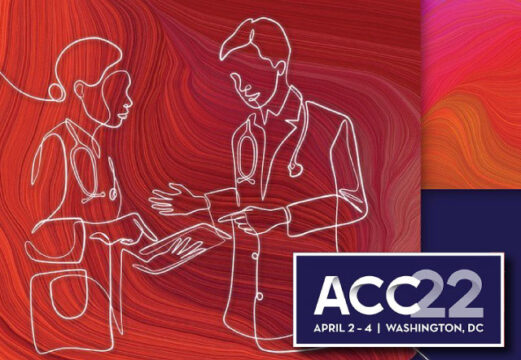Roughly 50% of hypertrophic cardiomyopathies (HCM) are obstructive, and of this percentage, most of symptoms can be attributed to this condition. Historically, it has been treated with non-specific drugs such as betablockers or calcium blockers.

There is an alternative treatment, septal reduction therapy (SRT), done either by surgery myectomy and alcohol septal ablation, both normally done in specialized centers.
In recent years, we have been using a drug called Mavacamten that specifically inhibits actin myosin cross bridges, reducing HCM myocardial hyper contractibility.
The aim of this study was to assess the safety and efficacy of adding Mavacamten to maximally tolerated medical therapy among patients with HCM who were considering TRS (surgical or percutaneous) as an alternative, after 16 weeks of treatment.
It included patients with conserved ejection fraction, septal width ≥15mm to ≥13 with a family history of HCM, severe symptoms despite maximally tolerated medical therapy, with dynamic LVOT gradient at rest or with provocation (Valsalva maneuver or exercise) ≥50 mm Hg.
Patients receiving Mavacamten significantly reduced TSR requirement, 17.0 vs 76.8% (p < 0.0001), with improved functional class, lower resting and stress gradient vs. placebo. With no important adverse events.
Conclusions
Like the EXPLORER-HCM (improved compared functional capacity with placebo) the use of Mavacamten improved symptoms and significantly reduced the need for TRS after 16 weeks, with no adverse events.
It looks like a great alternative for serious patients despite medical treatment; we still need to find out how it behaves at long term and to assess harder outcomes such as mortality and hospitalization.

Dr. Omar Tupayachi.
Member of the editorial board, SOLACI.org
Original Title: VALOR HCM: Mavacamten in Adults With Symptomatic Obstructive HCM Who Are Eligible for Septal Reduction Therapy – VALOR-HCM
Reference: Presented by Dr. Milind Y. Desai in the Annual Sessions of the American College of Cardiology (ACC 2022), Washington, Abril 2, 2022.
Subscribe to our weekly newsletter
Get the latest scientific articles on interventional cardiology





